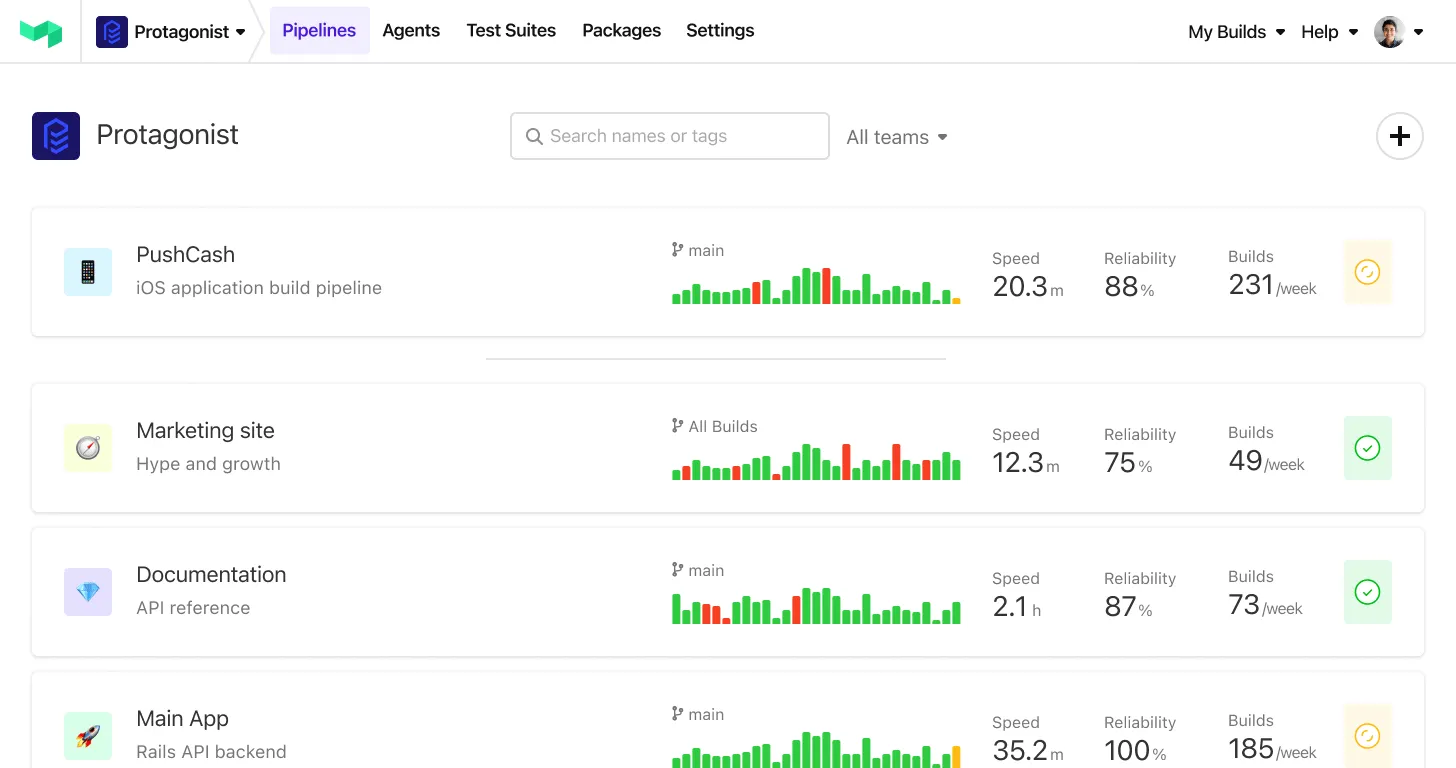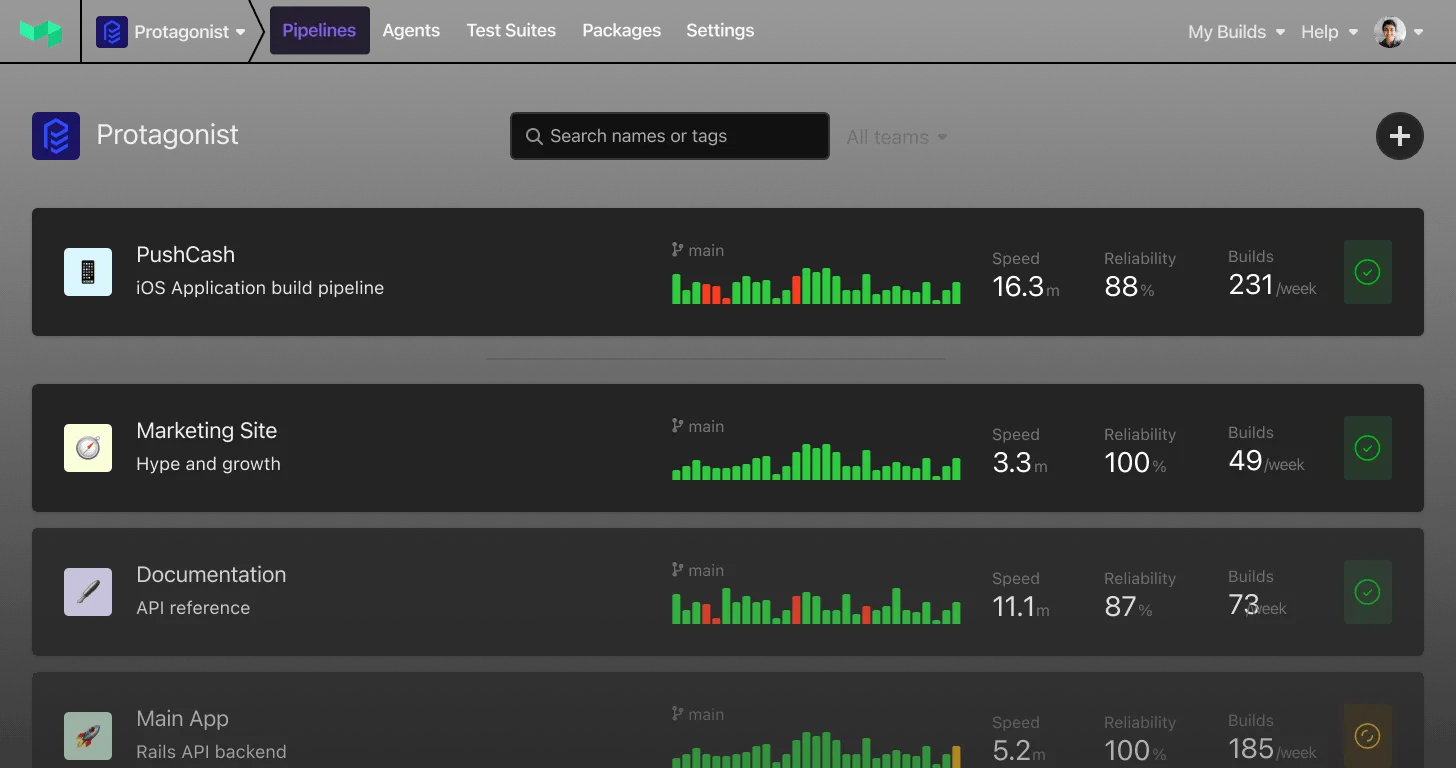Vault OIDC Authentication Buildkite Plugin
Authenticate to Hashicorp Vault with Buildkite OIDC (JWT) tokens.
In early 2023 Buildkite began offering per-pipeline OIDC tokens. These short-lived tokens can be used to authenticate individual pipeline jobs to a Vault instance.
Example
Add the following to your pipeline.yml:
steps:
- command: ./run_build.sh
plugins:
- planetscale/vault-oidc-auth#v1.1.1:
vault_addr: "https://my-vault-server" # required.
path: auth/buildkite # optional. default "auth/buildkite"
role: some-role # optional. default "$BUILDKITE_PIPELINE_SLUG"
audience: vault # optional. default "vault"
env_prefix: DEV_ # optional. default "". (prefix to add to exported env variable names)
set_vault_addr: false # optional. default "true". (set VAULT_ADDR env var to the value of 'vault_addr')If authentication is successful a VAULT_TOKEN is added to the environment, as well as VAULT_ADDR if set_vault_addr is true.
Setting the env_prefix will add a prefix to the exported VAULT_TOKEN and VAULT_ADDR environment variables, eg: enf_prefix: PROD_ will result in PROD_VAULT_TOKEN and PROD_VAULT_ADDR.
Vault Configuration
Configure an instance of the JWT Vault auth backend at auth/buildkite:
vault auth enable -path=buildkite jwt
vault write auth/buildkite/config jwks_url=https://agent.buildkite.com/.well-known/jwksGet your Buildkite organization ID from the GraphQL console:
query getOrganizationID {organization(slug: "planetscale") {uuid}}Create an auth role for a pipeline including the organization ID from above. Do this for each pipeline you wish to authenticate to Vault:
vault write auth/buildkite/role/my-repo -<<EOF
{
"bound_audiences": ["vault"],
"policies": ["default"],
"user_claim": "pipeline_slug",
"bound_claims": {
"organization_id": ["ORG_ID_GOES_HERE"],
"pipeline_slug": "my-repo"
},
"role_type": "jwt",
"token_type": "batch",
"token_explicit_max_ttl": "2h"
}
EOFDeveloping
To run the linters:
docker-compose run --rm lint-shellcheck
docker-compose run --rm lint-pluginTo run the tests:
docker-compose run --rm testsContributing
- Fork the repo
- Make the changes
- Run the tests
- Commit and push your changes
- Send a pull request

